woodland gardening/containing periwinkle?
leprichon
16 years ago
Featured Answer
Comments (19)
stoloniferous
16 years agoLynda Waldrep
16 years agoRelated Professionals
Barrington Hills Landscape Architects & Landscape Designers · Chattanooga Landscape Architects & Landscape Designers · Kapaa Landscape Architects & Landscape Designers · Walnut Landscape Architects & Landscape Designers · Washington Landscape Architects & Landscape Designers · Allentown Landscape Contractors · Gurnee Landscape Contractors · Longview Landscape Contractors · Midland Landscape Contractors · Westchester Landscape Contractors · Leesburg Fence Contractors · Libertyville Fence Contractors · Meridian Fence Contractors · Tallahassee Fence Contractors · Southampton Siding & Exteriorslinda_schreiber
16 years agobob64
16 years agojoepyeweed
16 years agojoepyeweed
16 years agoladyslppr
16 years agoterrene
16 years agobuzzy
16 years agojoepyeweed
16 years agowaplummer
16 years agoemmi331
16 years agoamelanchier
16 years agokbcherokee
16 years agoronlarimer_zone7
16 years agoterrene
16 years agoActionClaw (Northern Ohio zone:5a/5b)
14 years agolycopus
14 years ago
Related Stories
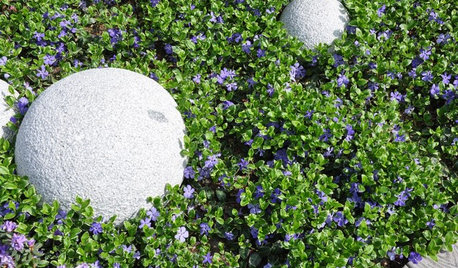
GARDENING GUIDESGreat Design Plant: Periwinkle
This lush and highly tolerant ground cover grows quickly and offers pretty blue blooms in spring
Full Story
GROUND COVERSNative Alternatives to English Ivy, Japanese Pachysandra and Periwinkle
These shade-loving ground covers are good for the environment and say something about where you are
Full Story
BLUEPeriwinkle: Playing With Blue-Violet
Is it Lavender Blue? Blue Violet? Either Way, Periwinkle Blossoms Inside
Full Story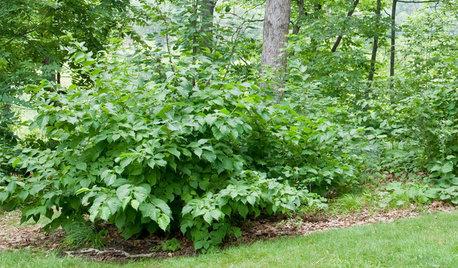
GARDENING GUIDESGreat Design Plant: Corylus Americana Awakens the Woodland Garden
Plant American hazelnut for three seasons of interest and to feed our furry and feathered friends
Full Story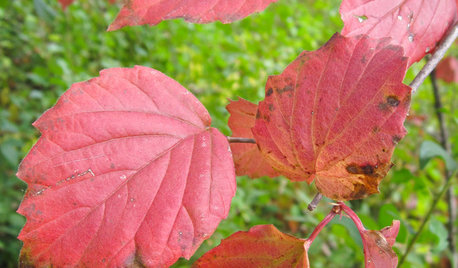
GARDENING GUIDESGreat Design Plant: Viburnum Rafinesquianum Colors the Fall Woodland
Plant downy arrowwood in eastern and midwestern U.S. gardens for spring color in the shade and bright red fall foliage
Full Story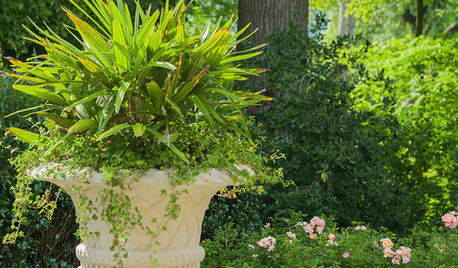
FLOWERS AND PLANTSNeedle Palm Brings Unique Texture to the Southern Woodland Garden
This sprawling, resilient palm can be used in many ways
Full Story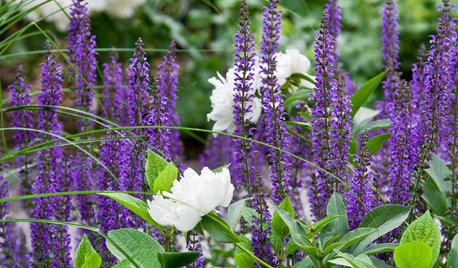
GARDENING AND LANDSCAPINGGarden Tour: Colorful, Serene Woodland Near Boston
Exuberant perennials, outdoor rooms and a surrounding woodland come together to create a beautiful landscape in Massachusetts
Full Story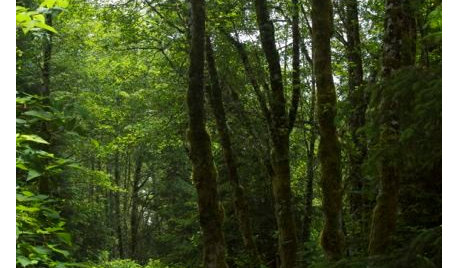
LANDSCAPE DESIGNLet Nature Inspire Your Landscape: Ideas for a Woodland Garden
Fill your senses with the magic of a wild forest-inspired garden — from shady understory plants to towering treetops
Full Story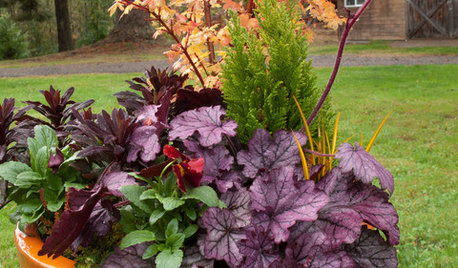
FALL AND THANKSGIVING5 Container Gardens for Fall, the Holidays and Beyond
Make planting easy with a single container, year-round plants and a sprinkling of simple seasonal accents
Full Story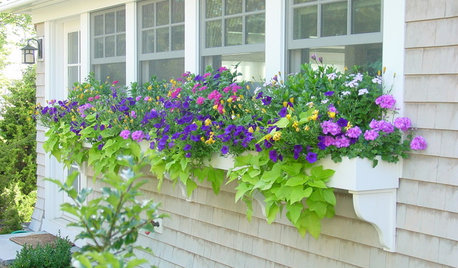
CONTAINER GARDENSChoose Complementary Colors for Dazzling Container Gardens
Red and green, purple and yellow, and blue and orange are opposing pairs that work in perfect harmony
Full StorySponsored
Columbus Area's Luxury Design Build Firm | 17x Best of Houzz Winner!
More Discussions







amelanchier